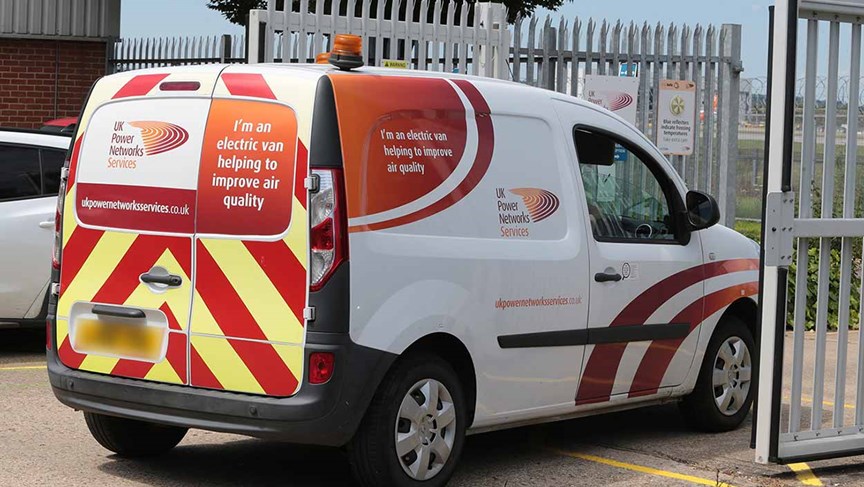Insight
Introduction to microgrids
Organisations are now looking to the benefits of microgrids and private electricity networks, as concerns about network resilience coupled with rising energy costs and competing sustainability ambitions are impacting their ability to manage their energy requirements.
Microgrids are electricity distribution systems containing loads and distributed energy resources such as generators, energy storage systems or controllable loads that can be operated in a controlled, coordinated way either while connected to the grid or while islanded1.
Typical solutions that can be deployed by businesses include onsite generation, energy storage systems, electric vehicle charging infrastructure, uninterruptible power supplies, multi-site virtual power plants, energy efficiency measures, dynamically controlled load and active network management.
Microgrids can bring a variety of economic, technical and sustainability benefits, which are now being recognised internationally. The global microgrid market is forecast to grow from just over £16.5bn in 2018 to over £29bn globally by 2023.
This growth is primarily being driven by:
- Governmental targets for a low carbon economy
- Developments in technology leading to reducing costs of distributed generation, energy storage, electric vehicles along with the advancement of automation and control technology
- Organisations seeking greater certainty and control of their energy costs and risks
- Increased focus from organisations to achieve resilience and insulation from external events
- Technology risk reduced due to widespread deployment
Transitioning to a microgrid can provide benefits to organisations that include reduced electricity purchase costs, on site network investment deferral, DNO connection agreement optimisation, reduced carbon emissions, increased resilience and ancillary revenue streams from assets.
For organisations transitioning to a microgrid, the development cycle will typically include the following key steps:
- Organisation energy objectives review – establish objectives, issues and opportunities. At this stage, an organisation will normally also consider the policy, regulatory, sustainability and technical environment.
- Technical assessment – complete a security of supply, risk and condition review of the electrical network and analysis considering existing and future demand.
- Commercial assessment – complete a commercial review of the existing network connection agreement considering forecast energy demand, existing and forecast energy costs and revenue streams.
- Solution development – develop site specific solutions to address energy objectives. At this stage, the business case and funding arrangement for each solution, or a combination of solutions, should be assessed in more detail and technoeconomic models developed.
- Energy strategy – develop a short, medium and long term strategy and plan for energy strategy and solution deployment.
- Plan delivery – identify the appropriate partners to support delivery of the identified solutions while ensuring commercial benefits are realised.
Microgrid projects require expertise in energy policy and regulation, existing and future market developments, technology architecture and financing. UK Power Networks Services addresses all elements of microgrids including project development, financing, engineering, construction, asset management, operations and maintenance in order to provide a bespoke solution.
References
- Cigre WG C6.22 Microgrids evolution Roadmap
- Navigant Research
- https://www.greentechmedia.com/articles/read/how-microgrids-helped-weath...




